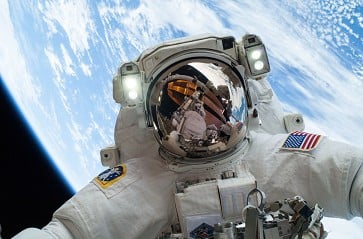 |
| A NASA astronaut is walking in space. (Source: Indiatimes) |
Did you know that spacewalks also affect astronauts' fingernails? In technical terms, this is called "onycholysis."
In fact, after a spacewalk (or any activity outside the spacecraft), astronauts will lose their fingernails.
Space has no air pressure, which is considered unhealthy for the human body. Spacesuits are pressurized to help astronauts walk in space safely. However, protecting the hands is still a challenge.
“Hand injuries are common among astronauts training for extravehicular activity (EVA),” a research team led by epidemiologist Jacqueline Charvat of the Wyle Laboratory (USA) said in a 2015 paper.
“When gloves are pressurized, they restrict movement and create pressure points during tasks, sometimes leading to pain, muscle fatigue, abrasions, and even more serious injuries like nail injuries. Glove injuries have been documented and reported during EVA and flight training, consistently throughout NASA’s history, regardless of mission or glove style,” Charvat added.
According to Science Alert, spacewalks can be long, with the longest recorded spacewalk lasting 8 hours and 56 minutes. During these spacewalks, astronauts may have to perform manual tasks, and using gloves can often cause injury.
So far, it has been difficult to find out what causes this condition. Earlier this year, a team led by engineer Christopher Reid, now working at Boeing, studied the injuries on astronauts' fingernails.
The study examined 31 nail-splitting injuries, including 27 injuries during training exercises and four injuries during spacewalks, reported by 22 astronauts.
The researchers found that the design of the glove played a role. Between the two types of gloves, one was 8.5 times more likely to cause nail damage than the other. Most injuries occurred on the middle finger. The size of the glove and the length of the middle finger played a role, and injuries appeared to occur more frequently in women than in men.
The researchers said that improper glove wearing could be a cause of the above damage, although according to NASA, each pair of gloves is "tailored" for each astronaut.
Source











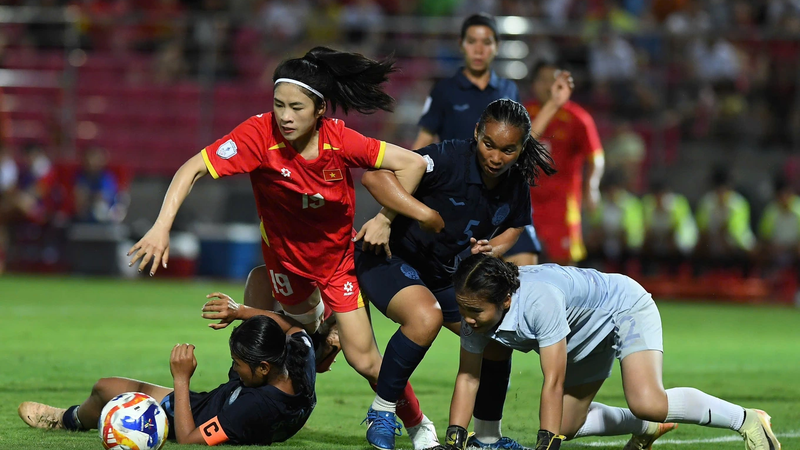

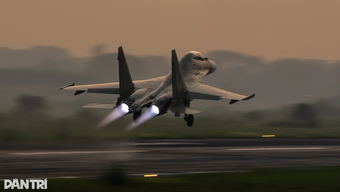








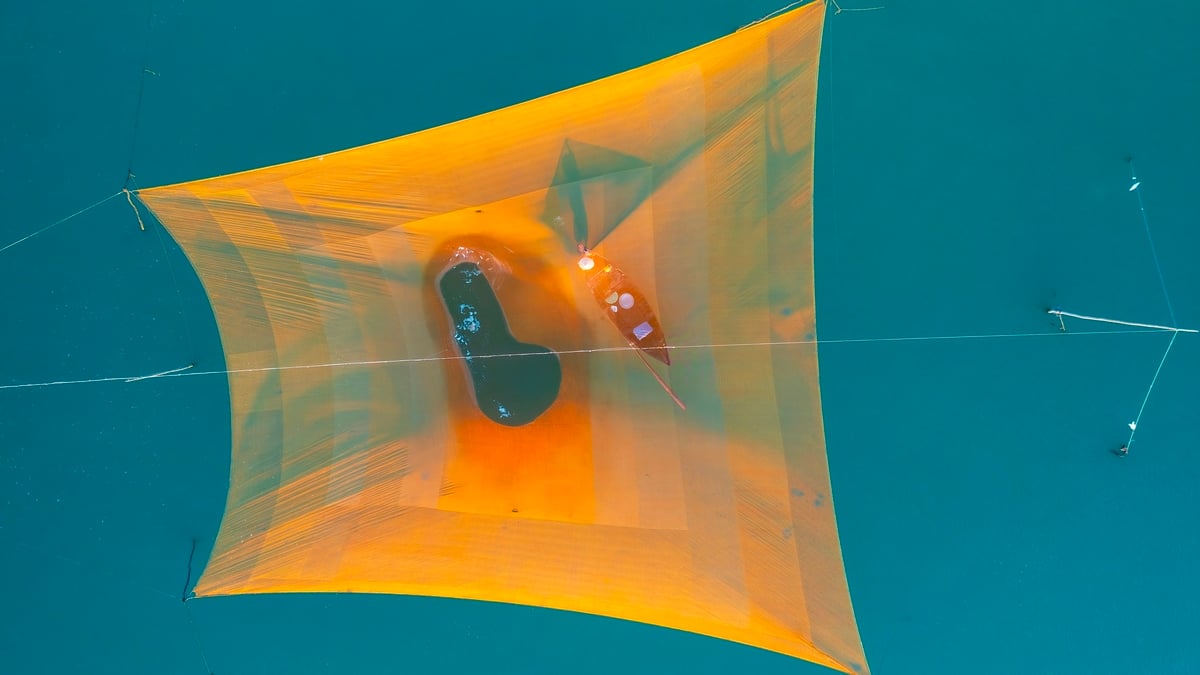
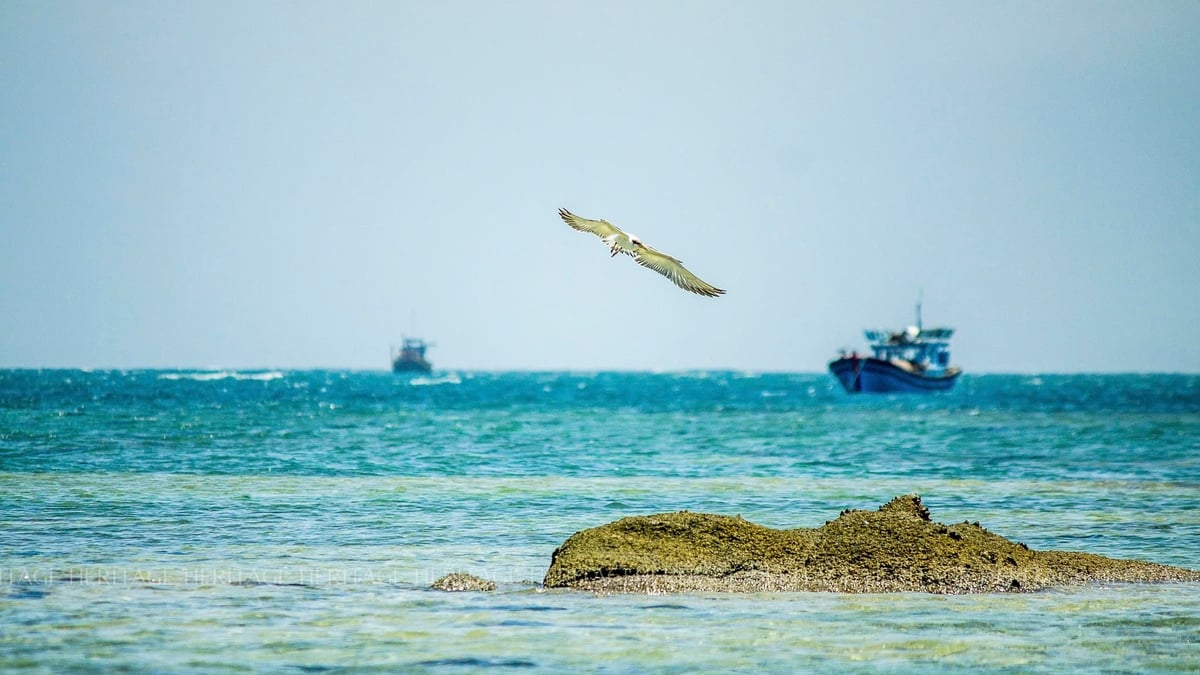
![[Photo] Nghe An: Provincial Road 543D seriously eroded due to floods](https://vphoto.vietnam.vn/thumb/1200x675/vietnam/resource/IMAGE/2025/8/5/5759d3837c26428799f6d929fa274493)


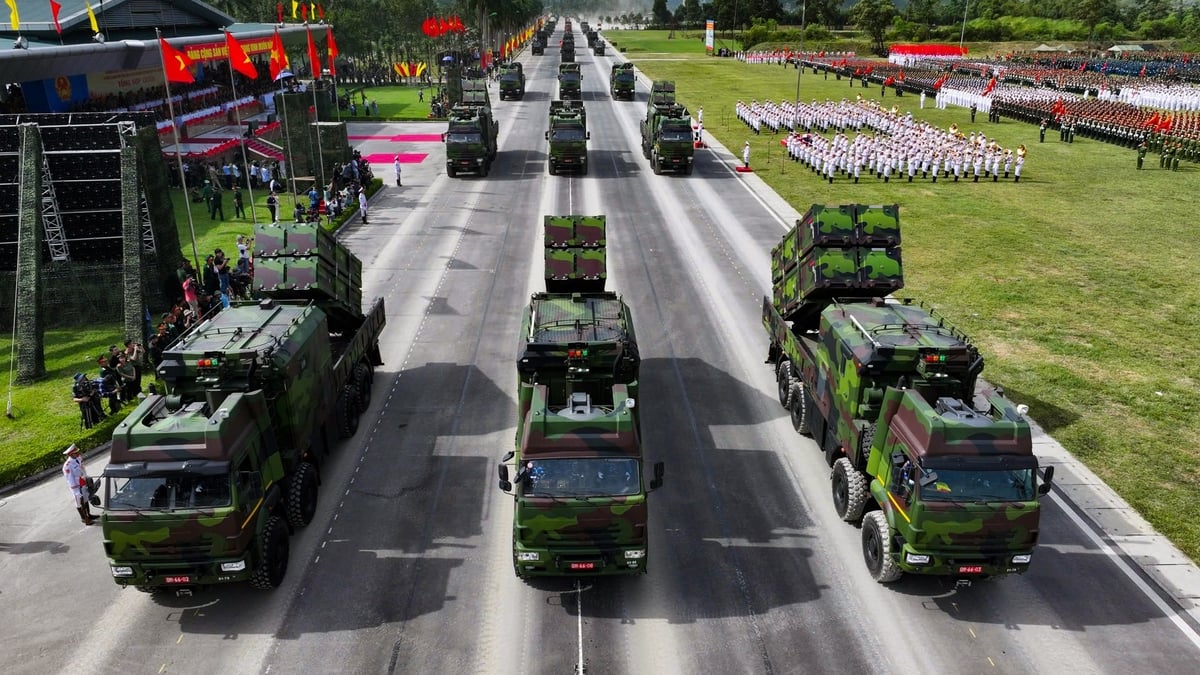

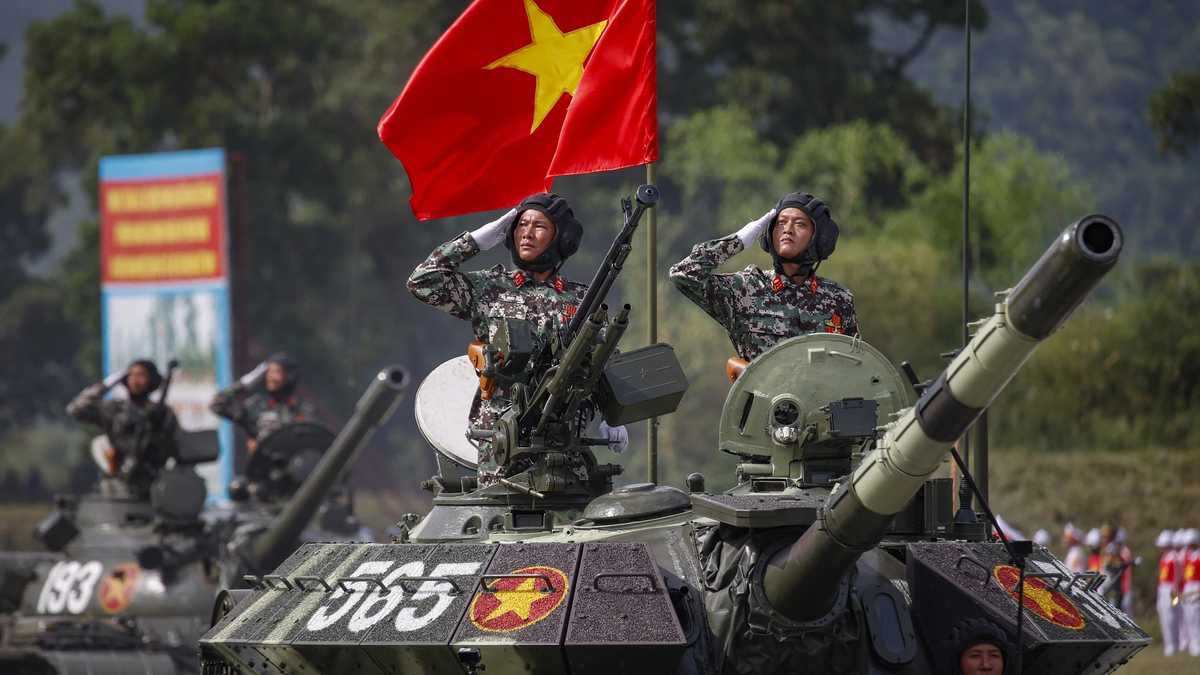
![[Photo] Discover the "wonder" under the sea of Gia Lai](https://vphoto.vietnam.vn/thumb/1200x675/vietnam/resource/IMAGE/2025/8/6/befd4a58bb1245419e86ebe353525f97)


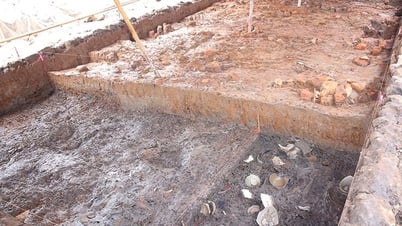








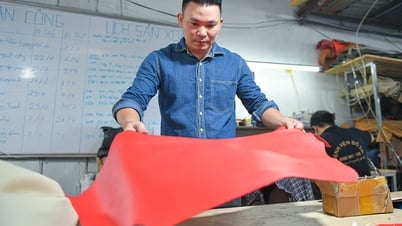











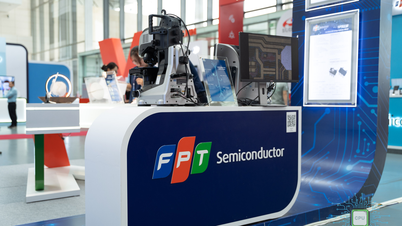

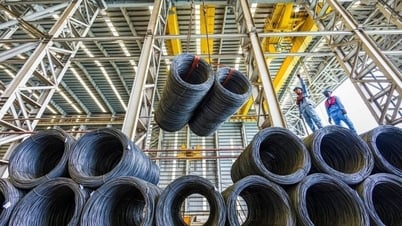






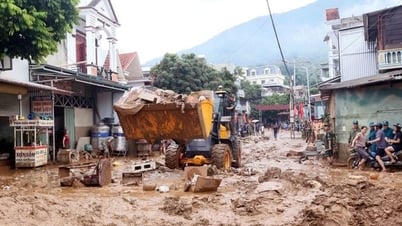



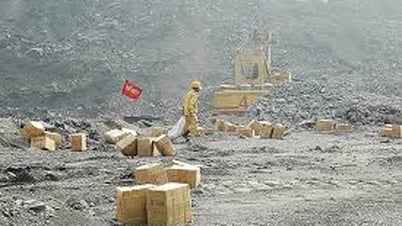













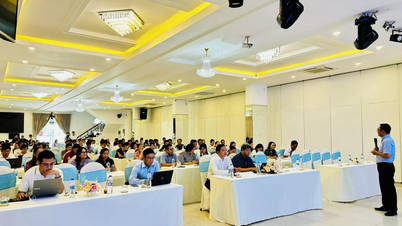


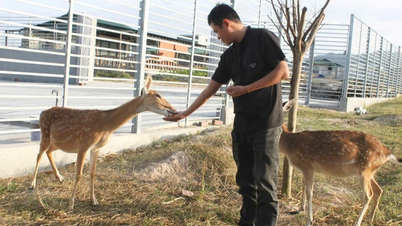

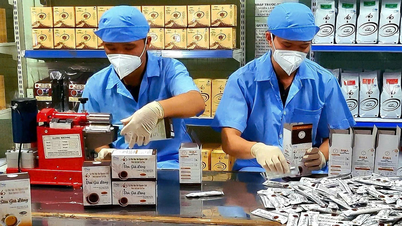





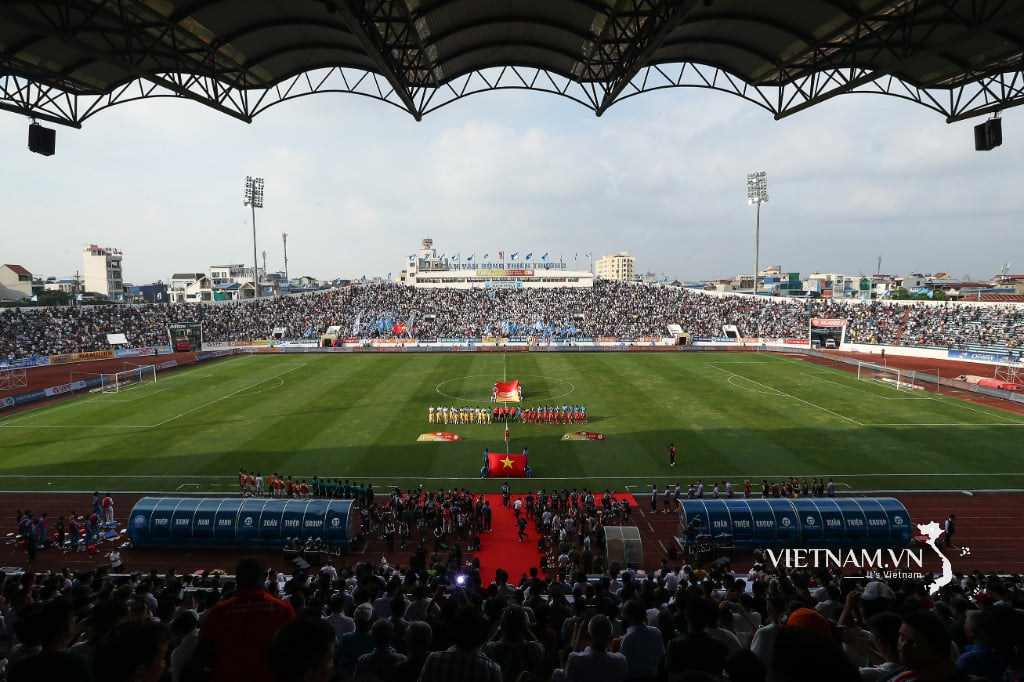


Comment (0)